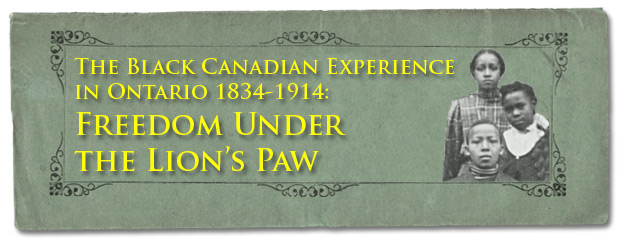
Table of Contents
Settlement and Community | Community of Interest
When enslaved Africans got their “freedom papers” either by being given ownership of themselves or through self-purchase, these documents were highly treasured and kept well after the abolition of slavery to prove their status. However, most had to run away to achieve freedom and were particularly concerned about notorious slave-catchers and their agents and the potential for recapture. The passing of the 1833 British Imperial Act clearly attracted enslaved Africans into Canada, but the second American Fugitive Slave Law of 1850, put all African-Americans at risk and encouraged their flight. This act made it possible for anyone to accuse a free or enslaved African of being a runaway slave, and brought the full measure of the law to support it. At least 60,000 took the risk for freedom. The letter below, written by S. Wickham in 1850 warns of slave-catchers in the United States. |
|
|
|
For freedom seekers and their supporters, Canada provided the most likely destination. It was the place where the North Star would lead them from Kentucky, Virginia, Maryland - any American location. |
|
By following the northward flow of rivers, or old military trails, or weaving from one secret location to another, thousands of formerly enslaved Africans arrived to stake their claim for liberty, liberty to live and work; liberty to form their own families; liberty to obtain an education for their children. The Provincial Freeman was published by Mary Ann Shadd Cary (1823-1893), an important Black abolitionist and educator who came to Canada West in 1851. She returned to the United States in 1863. Click to see a larger image (175K) |
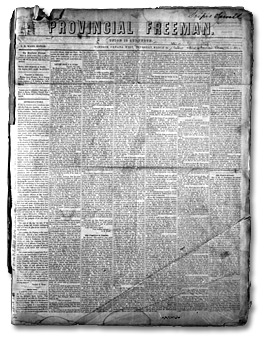 |
|
However, being free in Ontario was not without challenges, from exclusion to possible extradition. |
|
Black Canadians actively banded together around the Moseby and Anderson cases and created their own churches and schools while challenging the law. Click to see a larger image (75K) |
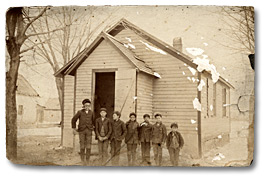 |
|
The Riot at Niagara Court House 1837 Solomon Moseby (or Mosely) stole a horse to flee Kentucky. Arriving in Niagara, he was jailed, but the local Black community surrounded the courthouse to prevent his transfer. When he was taken out under armed guard, shots were fired, resulting in the deaths of 2 Black people, the arrest of 20 others and Moseby’s escape. He later returned to the area. |
The Last Extradition Case 1861 John Anderson, an enslaved Black American, killed a man while resisting capture in Missouri. He fled to Canada and was eventually jailed. His case went before Chief Justice Robinson who decided on extradition, but the decision was reversed due to a technicality. Slaves would not be prosecuted for crimes committed if they were part of the act of escaping. Anderson was acquitted.
Click to see a larger image (105K) The photograph below, taken in 1868, shows Osgoode Hall in Toronto, where the Anderson case was tried from 1860 to 1861. |
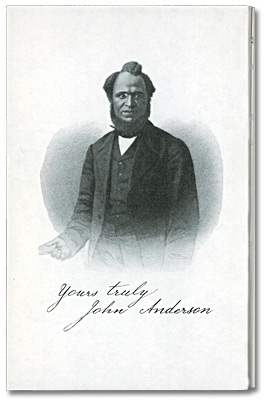 |
|
|
|
|
|
|
|
|
|
Previous | Home | Next
And they Went to Canada | Freedom Under the Lion's Paw |
Settlement and Community
Community of Interest
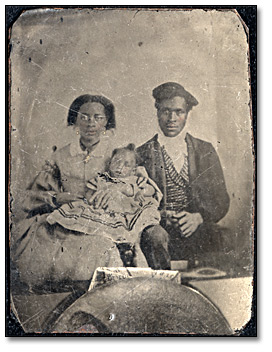
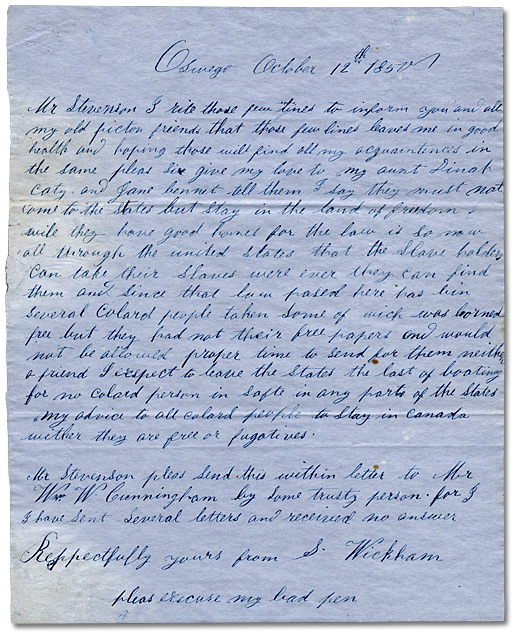
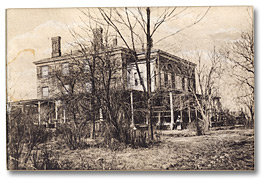
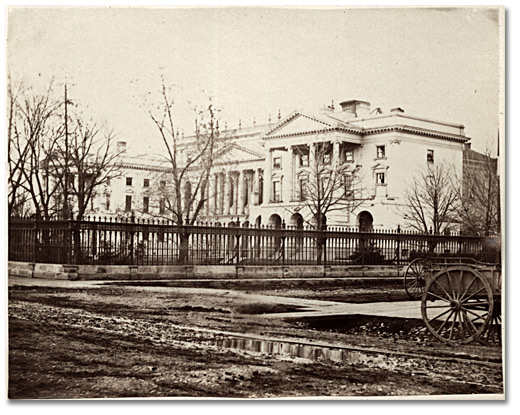
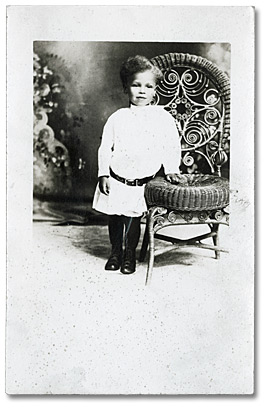
![Photo: Mary Branton with banner “Africa for Christ”, taken in Toronto [ca. 1890s]](pics/27793_mary_branton_270.jpg)
![Photo: Settlers in their Sunday best, possibly Essex County, [ca. 1900]](pics/14677_people_and_house_520.jpg)